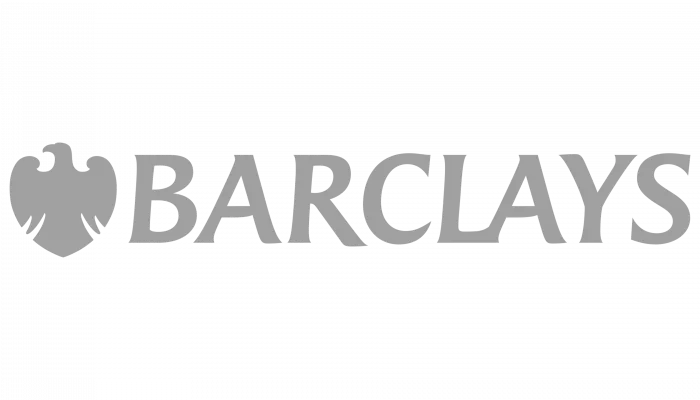In the UK, most flats and a reasonable number of houses, especially those bought through shared ownership schemes, are owned by their occupiers on a leasehold basis. It’s normal for leases to be for anywhere between 99 years and 999 years, with the latter sometimes referred to in day-to-day parlance as a ‘virtual freehold’.
Flats, in particular, are usually owned leasehold because in very simple terms, to own the freehold of a property is basically to own the land below and the air above and, in the case of a flat, clearly this isn’t possible. Therefore, most flats and some houses are built on land owned freehold and then each unit is sold on a long lease, for a premium (the purchase price). Sometimes there is a ground rent payable and sometimes there is what’s known as a peppercorn rent, meaning that in practice, no rent is payable. Most leasehold properties will have some restrictions on how the property might be used and there may be a ‘sinking fund’ or service charge levied by the freeholders to cover the costs of maintaining common areas (such as the roof of a block of flats for example).
Leasehold properties are usually quite similar to freehold properties and sometimes living on a road where all the properties are leasehold can be beneficial. For example, all the occupiers may be required to redecorate every 5 years or they might be prohibited from having caravans on their driveways, something that may be of shared benefit to the occupiers. However, once a lease has less than 80 years remaining it can become more difficult to raise a mortgage on the purchase of the lease, thus devaluing the leasehold interest in the property significantly.
The good news is that tenants have the right to extend their lease for a period of 90 years in the case of a flat or 50 years in the case of a house. To qualify for this you must meet the qualifying criteria which require that you have owned the lease for a minimum of two years.
If you wish to buy the freehold of the land upon which a house or block of flats is built, you can also do this under the rules, although in the case of flats you will need to organise for 50% or more of the tenants to buy the freehold. The freeholder can sell the freehold to a third party but as leaseholder, you have first right of refusal.
Whilst you have a statutory right to extend your lease or even buy the freehold, there will be costs, especially where the unexpired lease term is under 80 years. In such circumstances, there is likely to be a financial enhancement when the leasehold is extended or the leasehold and freehold interests are merged. In such cases, it is usual for the leaseholder to pay the freeholder 50% of the agreed ‘marriage value’.
In addition to any marriage value element, the leaseholder will usually be required to pay for the valuation and legal fees and for the freeholder’s reasonable costs. The freeholder can request a £250 deposit or a sum equal to 10% of the likely cost of the purchase, whichever is the higher.
If you are remortgaging in order to pay for the costs of enfranchising your lease then you may also have legal and administrative costs associated with the mortgage as well as other fees that may be payable under the lease.
In the first instance, it is worth taking advice from a Chartered Surveyor that specialises in this field. Thereafter, you will be able to establish whether it is worthwhile pursuing a lease extension or purchase of the freehold. You can then decide whether to make a formal approach under your statutory rights or make an informal approach in the first instance. If this fails, there is a tribunal process set up for this purpose.
Once you have agreed on terms for a lease extension or freehold purchase you will have two months to proceed. This should give you enough time to then raise a mortgage but its well worth taking advice early so that you can confirm that the purchase is both worthwhile and fundable through a mortgage.
Related article:
Recent posts
Best UK Mortgage Rates this Week
Yesterday

Here are the lowest fixed mortgage rates of the week, available to first-time buyers, home movers, buy-to-let, and those remortgaging.
Call us for more information: 01628 507477 or email: team@mortgagerequired.com.
Autumn Budget 2025: A Summary
8 days ago

Chancellor, Rachel Reeves, has delivered the Autumn 2025 budget. We have summarised the government's plans for tax and spending.
Renters' Rights Act
20 days ago

The Renter’s Rights Bill became law at the end of October, which means it has been signed off by the King, and it is now the Renters’ Rights Act. Despite this becoming law, these changes are likely to start changing within the next six months, with the aim of being fully implemented throughout 2026 and into 2027.
Mortgages and budgeting to be taught in schools
26 days ago

A welcome change in school is coming as financial literacy is due to become compulsory in schools in England.
The Government has announced that as part of the new national curriculum, children in primary and secondary education will be required to learn about budgeting, compound interest, managing money, and mortgages.
The top 10 most beautiful villages in the world
24 Oct 2025

Forbes has published a global ranking of stunning locations and one popular picturesque corner of the UK has nabbed top spot.

Over three years after the Mini-Budget took place, we look at what the mortgage market looks like now, showing the difference in mortgage repayments.

The government has announced plans to make buying or selling a home cheaper and quicker with what is being called the “biggest shake-up to the homebuying system in this country’s history.”
More borrowers using equity release
1 Oct 2025

Almost one in five equity release mortgages are now taken out to provide financial support to family.


















